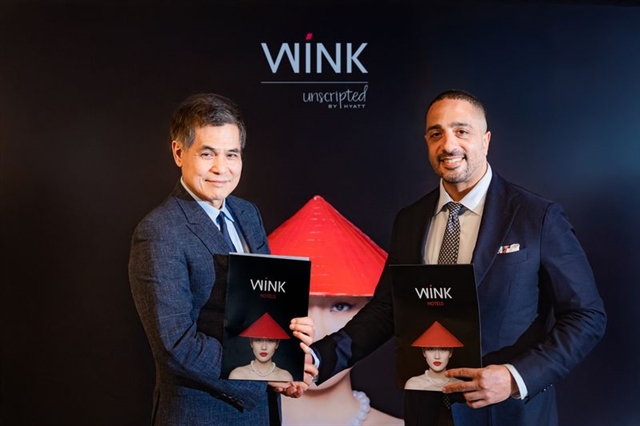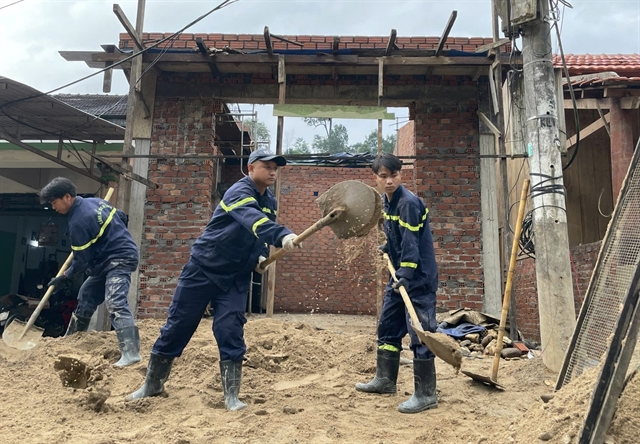 Op-Ed
Op-Ed
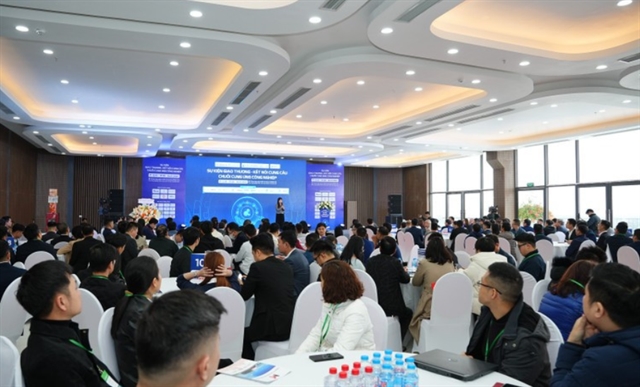
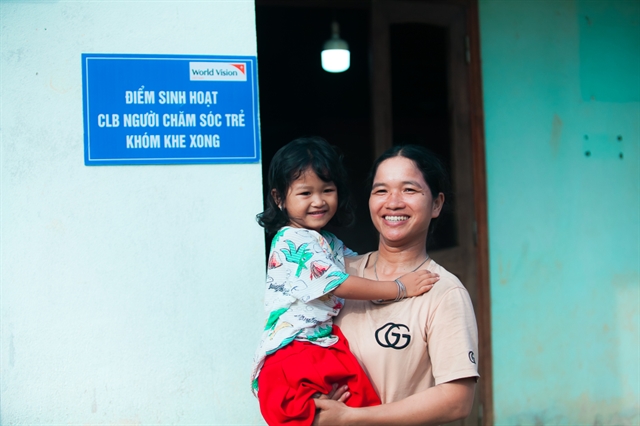
|
| A girl and her mother are happy to join the nutrition club. — Photo courtesy of the World Vision International in Việt Nam |
As climate change continues to intensify in Việt Nam, extreme weather events not only disrupt livelihoods but also pose significant threats to public health – particularly for pregnant women, mothers, and young children.
Nguyễn Anh Vũ, Health and Nutrition Programme Manager at World Vision International in Việt Nam, emphasised, “Breastfeeding not only provides optimal nutrition and immune protection for children but also contributes to environmental sustainability by reducing carbon emissions and enhancing community resilience in the face of climate change.”
Breastmilk is universally recognised as the most complete and natural source of nutrition for infants and young children. It also offers substantial health benefits for mothers.
Despite commendable improvements in child health over the past decade, Việt Nam continues to face challenges, particularly in reducing stunting and increasing rates of exclusive breastfeeding.
According to the 2023 National Nutrition Survey, the prevalence of stunting among children under five in Việt Nam remains at 18.2 per cent. This figure is notably higher in the northern midlands and mountainous region (24.8 per cent) and the Central Highlands (25.9 per cent).
Breastfeeding – “The Optimal Start to Life”
The Ministry of Health of Việt Nam and the World Health Organisation (WHO) recommend exclusive breastfeeding during the first six months of life, followed by continued breastfeeding up to 24 months or longer in combination with appropriate complementary foods.
Furthermore, if all mothers in Việt Nam exclusively breastfed their children under six months, the environmental impact would be substantial – equivalent to planting approximately 300,000 trees per month of exclusive breastfeeding.
Breastmilk is not only a “green” and superior form of nutrition; it also contains essential antibodies, digestive enzymes, and long-chain fatty acids such as DHA and ARA, which support cognitive development, visual acuity, and immune function.
Children who are breastfed have a lower risk of gastrointestinal infections, pneumonia, malnutrition, obesity, and allergic conditions. Breastfeeding also strengthens the emotional bond between mother and child, contributing positively to psychosocial development.
Long-term health benefits for mothers
Breastfeeding also yields considerable health benefits for mothers. Initiating breastfeeding within the first hour after birth reduces postpartum hemorrhage and associated complications.
During the first six months, exclusive breastfeeding both day and night often leads to lactational amenorrhea – a natural form of birth spacing.
Additionally, research indicates that breastfeeding lowers the risk of breast and ovarian cancers, type 2 diabetes, and osteoporosis.
Breastfeeding also supports postpartum weight loss by expending approximately 500–700 kilocalories per day, aiding in maternal recovery.
Community-Driven Sustainable Model
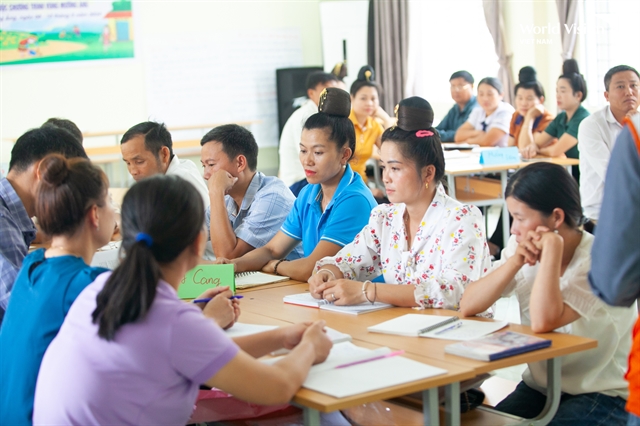
|
| Women as well as men are excited with the club’s activities. More than 1,500 clubs have been established, promoting exclusive breastfeeding practices and emphasising the involvement of fathers in supporting breastfeeding mothers. — Photo courtesy of the World Vision International in Việt Nam |
Recognising the critical role of breastfeeding during the child health care first 1,000 days of life, World Vision International in Việt Nam has implemented the Nutrition Club model since 2008 in several underserved provinces.
This initiative aims to empower caregivers – particularly women – to improve childcare and nutrition practices, including breastfeeding.
The model is designed based on community-specific needs, available resources, and local cultural practices.
Through structured group sessions, personalised nutrition counseling, household visits, and routine monitoring of child growth, the programme offers continuous support to families.
Breastfeeding not only establishes the foundation for lifelong health but also contributes significantly to environmental conservation.
In contrast to commercial infant formula, breastmilk requires no industrial processing, packaging, transportation, or waste management, thereby minimising greenhouse gas emissions.
It represents a sustainable, safe and cost-effective feeding method.
The model also advocates for women's empowerment, supporting mothers’ rights to breastfeed within environments that are respectful, inclusive, and equitable.
Its core activities – monthly group education, practical nutrition demonstrations, home visits, and growth assessments – are tailored to the local context and maternal capacity.
To date, more than 1,500 clubs have been established, promoting exclusive breastfeeding practices and emphasising the involvement of fathers and extended families in supporting breastfeeding mothers.
As a result, areas implementing the model have witnessed a substantial rise in exclusive breastfeeding rates, alongside notable health improvements: a 31.8 per cent reduction in acute respiratory infections and a nine per cent decrease in diarrheal diseases among children under five (2018–2024).
In 2024 alone, these efforts enabled 4,325 underweight children under five to recover from malnutrition.
The outcomes of World Vision International’s Caregiver and Nutrition Club initiative align with the national objectives to reduce malnutrition among children under five, as articulated in the Ministry of Health and the National Institute of Nutrition’s strategic plan for 2021–2030 and vision 2045.
The model actively promotes core breastfeeding messages: “Breastmilk is the best nourishment for the holistic development of young children,” and “Exclusive breastfeeding for the first six months, continued up to two years or beyond, is the most effective, safe, and economical method to safeguard maternal and child health.”
Breastfeeding is both a profound expression of maternal care and a socially responsible choice. It supports maternal and child health, advances environmental sustainability, and fosters gender equity – paving the way for a healthier, more resilient future for all. — VNS

